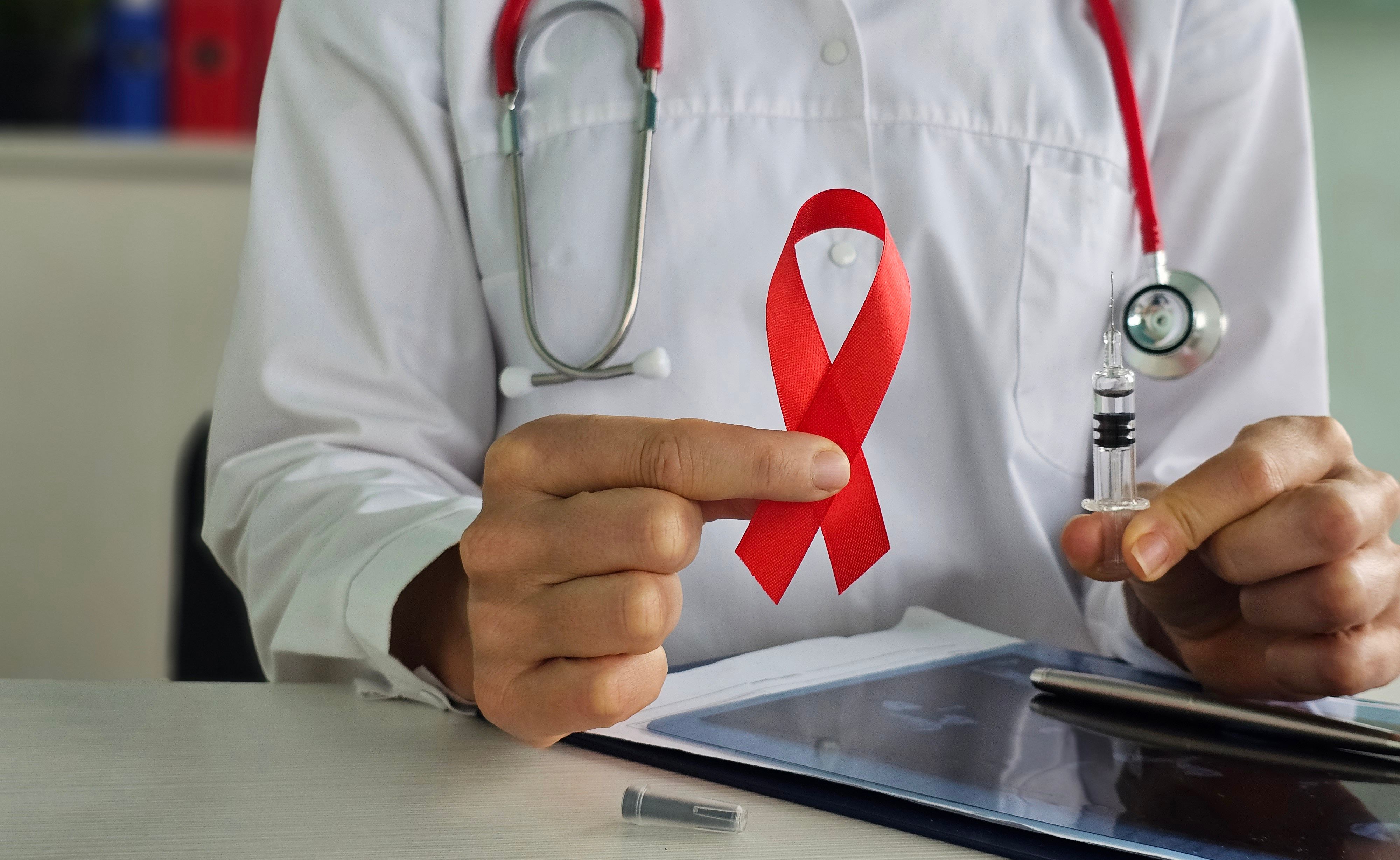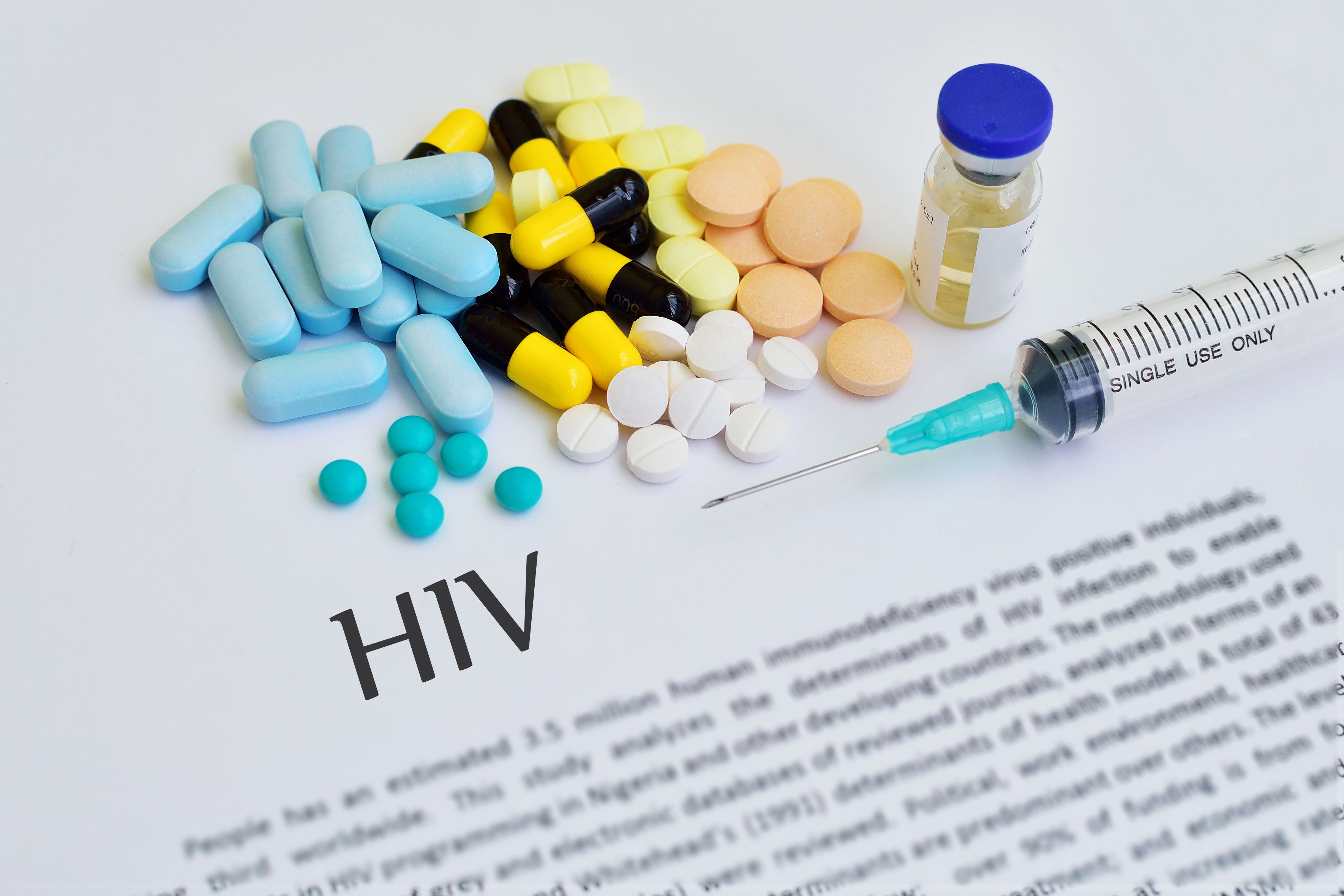Article
Prior Authorization for PrEP More Prominent in the South, May Represent Barrier to Care
Author(s):
When used correctly, pre-exposure prophylaxis (PrEP) is effective more than 90% of the time, saving upward of $400,000 per averted HIV transmission.
Uptake of pre-exposure prophylaxis (PrEP) to prevent transmission of HIV varies throughout the 4 regions of the United States, but the South stands out for 3 reasons: it leads in prior authorization requests for the preventive medication, uptake of PrEP is lowest in the region, and annual new HIV diagnoses are highest in the region, according to study results published last week in JAMA Network Open.
“High rates of required prior authorization are a possible barrier to HIV pre-exposure prophylaxis access in the South, which is the region of the United States with the most annual new HIV infections,” the authors of the study noted.
When used correctly, PrEP is effective more than 90% of the time, saving upward of $400,000 per averted HIV transmission.
Using data from the Robert Wood Johnson Foundation’s Individual Market Health Insurance Exchange Compare on 16,853 qualified health plans (QHPs) for US Census Bureau defined regions—Northeast (18.2%), West (19.5%), Midwest (25.0%), South (37.3%)—provided through the 2019 Affordable Care Act Health Insurance Marketplace, the authors of the cross-sectional study wanted to know if prior authorization rates varied among the regions for tenofovir disoproxil fumarate and emtricitabine (TDF/FTC) as PrEP.
Another form of PrEP is available—tenofovir alafenamide and emtricitabine—but it was only approved by the FDA in October 2019.
Overall, 18.9% of the plans analyzed required prior authorization for TDF/FTC. Broken down, these are the rates, per region:
- Northeast: 2.3%
- West: 6.2%
- Midwest: 13.3%
- South: 37.3%
The results also indicate that the South is almost 16 times more likely to have a prior authorization requirement for TDF/FTC compared with the Midwest and West:
- South: 15.89 (95% CI, 12.57-20.09)
- Midwest: 5.69 (95% CI, 4.45-7.27)
- West: 2.65 (95% CI, 2.02-3.47)
Also curious about QHP characteristics that could have contributed to the prior authorization disparities, the study authors used a multivariable model. With this, they looked at national issuer, presence of a high deductible, PrEP cost-sharing structure, PrEP specialty drug tier status, plan level, rating area, urbanicity, and rating area competition.
These results also indicated an exponentially higher likelihood of plans in the South requiring prior authorization for TDF/FTC:
- South: 30.74 (95% CI, 18.27-51.71)
- Midwest: 5.90 (95% CI, 2.99-11.63)
- West: 2.36 (95% CI, 1.22-4.55)
“State or federal legislative bodies could consider passing laws that require a formulation of PrEP to be available without prior authorization or require that any prior authorization be limited,” the authors concluded. “It may be beneficial to remove system-level barriers, such as arbitrary or nonclinically based prior authorization for PrEP, to help the United States successfully end HIV as an epidemic.”
Hoping to reduce the PrEP uptake disparities, the authors suggested implementing federal- or state-level laws that require PrEP coverage, pointing out that access to PrEP is part of the Ending the HIV Epidemic initiative from HHS.
They also believe in an examination of possible discriminatory plan practices in the South, where more than half of the African American population of the United States lives and where there are higher rates of stigma and bias against HIV-positive individuals and LGBTQ communities, as well as HIV criminalization laws.
Will the availability of multiple PrEP options also affect access? The authors believe that is an area worthy of investigation, too.
Reference
McManus KA, Powers S, Killelea A, Tello-Trillo S, McQuade ER. Regional disparities in qualified health plans’ prior authorization requirements for HIV pre-exposure prophylaxis in the United States. JAMA Network Open. Published online June 3, 2020. doi:10.1001/jamanetworkopen.2020.7445
2 Commerce Drive
Suite 100
Cranbury, NJ 08512
© 2025 MJH Life Sciences® and AJMC®.
All rights reserved.





